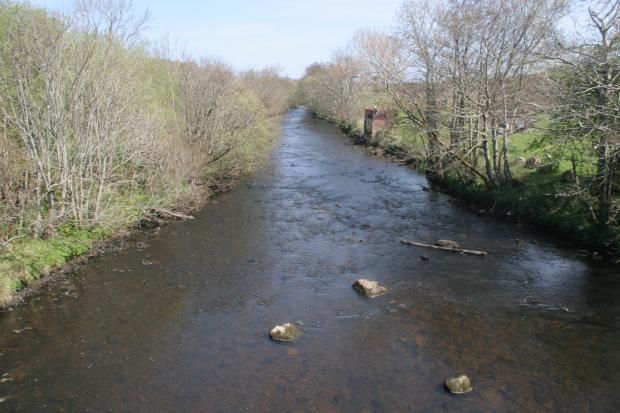Conserving the river environment

Many of the Province’s rivers possess a wide variety of flora and fauna, and in carrying out its statutory requirements, DfI Rivers is required to pay particular attention to those watercourses situated within, or adjacent to, areas protected by conservation legislation (i.e. Areas of Special Scientific Interest, Special Areas of Conservation, Special Protection Areas and Ramsar sites). All new works are assessed by the DfI Rivers’ Environment section.
The Section provides environmental support and advice on flood defence schemes and maintenance works. This involves:
- scoping of proposed works
- suggesting environmental surveys
- consulting with conservation bodies
- liaising with the Northern Ireland Environment Agency, for works at designated conservation sites
The Section also deals with issues relating to environmental legislation and policy.
River restoration

River enhancement
River enhancement aims to increase the environmental value of a river, for example, improving the habitat to increase fish numbers.
In the past, work on rivers for drainage and flood alleviation purposes caused damage to the river environment. The emphasis is now towards working with the river system rather than against it and applying a more natural form of river management whilst taking account of local land use needs.
DfI Rivers adopts an integrated river management approach which aims to achieve both nature conservation and flood risk management objectives. This approach includes the potential for enhancing modified rivers through maintenance and capital works schemes.
Examples of rehabilitation and enhancement measures are:
- Flood banks removed / set back from watercourse
- Restoration of meanders and natural channel depth / width
- Addition of gravels / stones within salmonid rivers
- Native riverside tree planting
- Creation of berms, backwaters and different channel profiles
Rivers conservation legislation
All planned works are subject to the Drainage (Environmental Impact Assessment) Regulations (Northern Ireland) 2017. This legislation requires the DfI Rivers to consider the effects on the environment of any of its proposed works. Where these are likely to have a major impact DfI Rivers must prepare and publish an "Environmental Statement"; this will include mitigation measures to reduce their effects.
When watercourses are situated within, or adjacent to Areas of Special Scientific Interest maintenance agreements are developed between the DfI Rivers and the Northern Ireland Environment Agency (NIEA) and Habitat Regulation Assessments (HRAs) are undertaken where necessary.
DfI Rivers also has a duty to consider biodiversity, in the execution of all its works. All works are assessed by DfI Rivers' Environment Section, in order to identify possible impacts on, and opportunities for biodiversity.
The ongoing pressure from new European and United Kingdom legislation and other Government initiatives means there is an increasing need for sustainable and environmentally sensitive river management practice. This trend will continue over the coming years, especially with the implementation of the European Water and Floods Directives.
